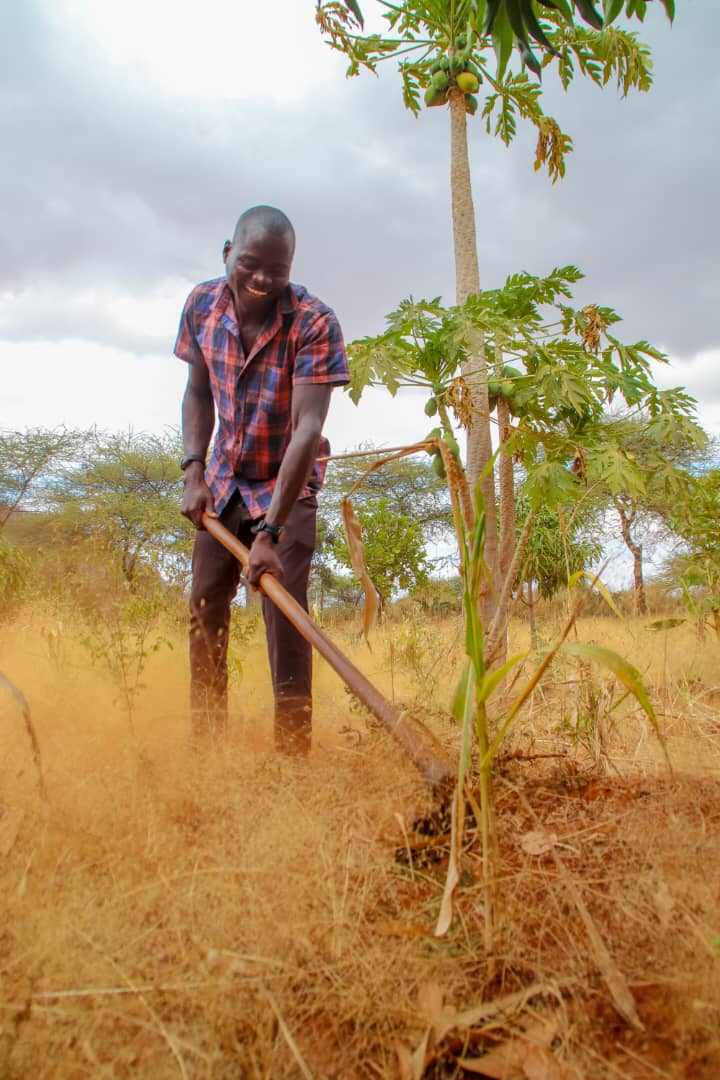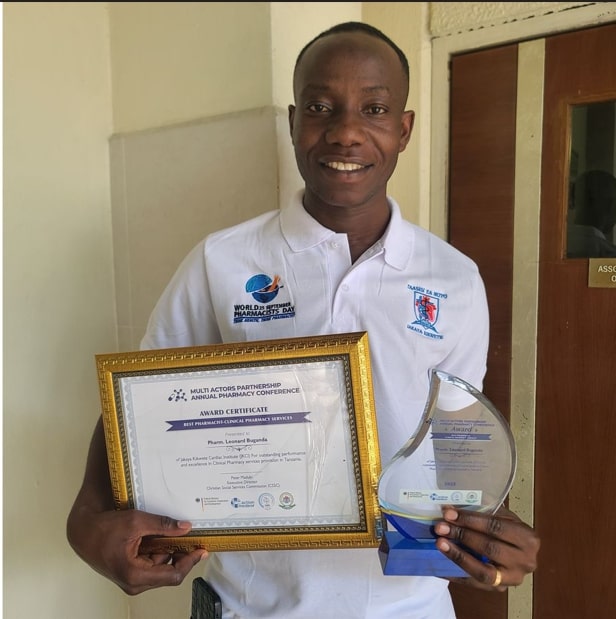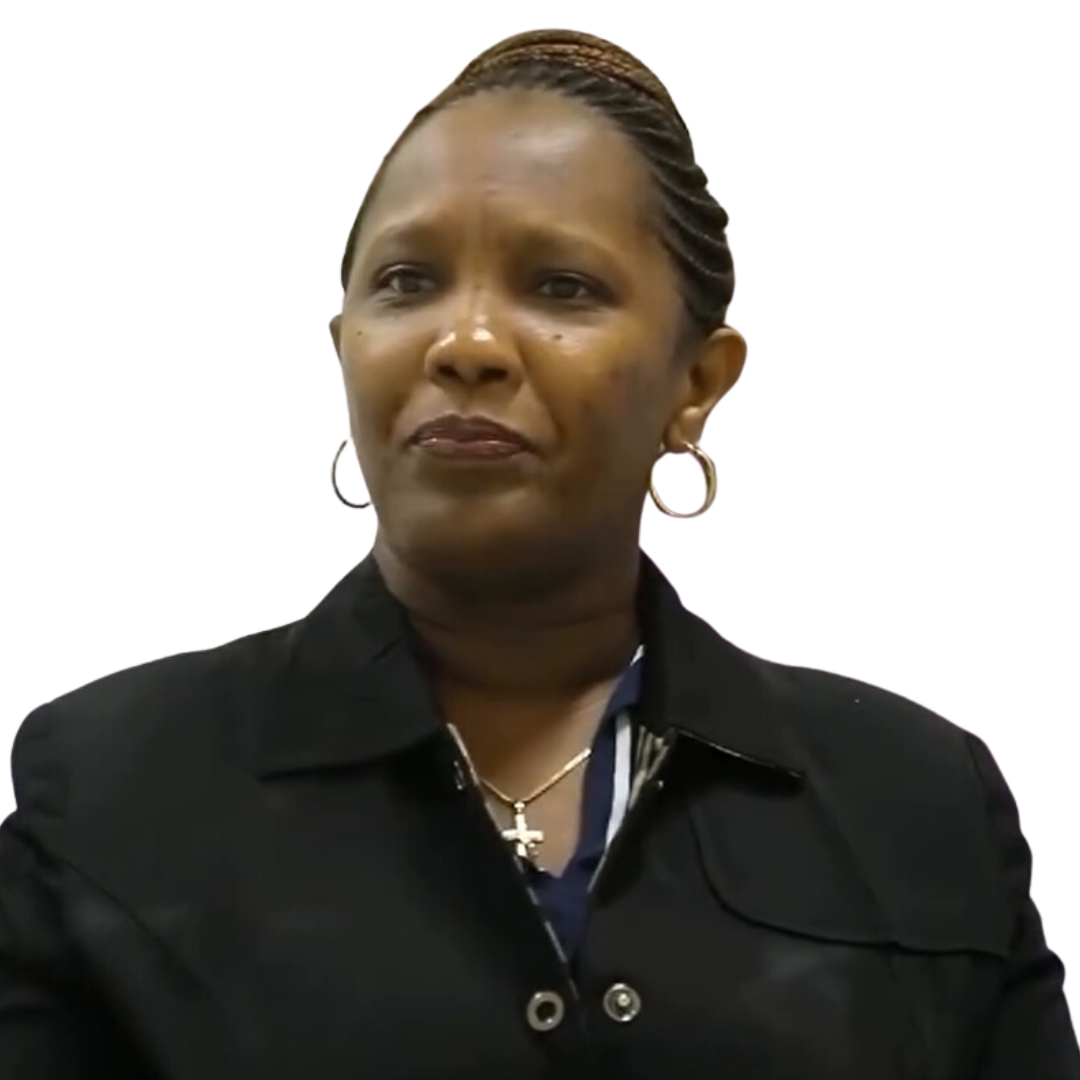As a medical doctor working in Tanzania—and having been on the frontline in treating COVID-19 patients, I am still preoccupied by memories of what transpired during the three “unique” phases of the pandemic in the country: the official outbreak, the denial phase, and the current stage of re-accepting the existence of the disease. The phases and related incidents have had huge implications on medical practice, albeit subtly.
Like most other relatively healthy people in my age group, I personally suffered a mild form of COVID-19 that I managed symptomatically. But I witnessed patients who battled severe consequences of COVID-19. I have seen breathless patients in dire need of oxygen and ventilator support—some died and others recovered.
Against the backdrop of this crisis, I believed strongly that science was the ultimate answer. That’s why I was so jubilant when on 17th July 2020, a trial was published in The New England Journal of Medicine (NEJM) or known as the RECOVERY trial, showing that a widely available and cheap medicine Dexamethasone reduced mortality among patients with severe COVID-19.
News about such new COVID-19 interventions, especially treatments, came with a sense of relief. Even when the scientific results were still at pre-print stage, the demand for dexamethasone surged. Understandably, the world was facing an emergency, yet doctors had their sacred oath to keep; of treating the ill to the best of their ability but above all, save lives.
In the wards and emergency rooms here in Tanzania, a debate on Dexamethasone prescription arose. The dosage reported in the NEJM trial was intravenous Dexamethasone 6 mg once daily for up to 10 days. But soon I realized that most doctors had a feeling that the 6 mg once daily wasn’t adequate, and it was upon the wisdom of a doctor seeing the patient to decide how much dexamethasone to give.
Most frequently, the dosage I saw clinicians prescribing was 8 mg three times daily. Some gave 8 mg twice daily and some 24 mg once daily. Moreover, on top of the Dexamethasone, patients were given other medications which a clinician believed would work, despite the obvious lack of concrete scientific evidence. Such medications included Vitamin C, Vitamin D, Zinc, Azithromycin, prednisolone and a number of other antibiotics. Patient’s relatives also brought in traditional herbs such as Bupiji to their loved ones in the wards. It was “almost illegal” to question whether these herbs worked or not—or let alone raise concerns about their safety.
Then came a scenario where the NEJM trial and Dexamethasone dosages were being questioned by the Tanzanian clinicians that I know, based on what they termed as “our local experience with patients.” In a situation where there was a new disease, there were temptations among such clinicians to rely on any available proof (whether scientific or not), to treat patients.
But such temptations could have been guided or even avoided if local COVID-19 treatment guidelines had been released, thoroughly reviewed for any scientific shortfalls, endorsed by relevant authorities and strongly advocated by the Ministry of Health, Community Development, Gender, Elderly and Children. The guidelines, if they were officially available, would have meant that available scientific evidence is collected, analyzed and incorporated in producing final protocols for all clinicians to follow.
So far the ministry of health has released two guidelines on clinical management of COVID-19 since the pandemic started. The first one was released in January 2020 when much was not known about the pandemic. The second one was released in June 2021 when much had been known globally about COVID-19 and the SARS CoV-2; to the point of manufacturing vaccines. This article dwells on the latter guideline.
Arguably, a vacuum of evidence-based medicine for COVID-19 still persists in Tanzania. For instance, on the use of corticosteroids in non-severe COVID-19. The COVID-19 treatment guideline which was released in June 2021 states, “Prednisone 0.5 – 1mg/kg can be used for patients with high risk and radiological changes consistent with COVID-19 despite apparent non-severe clinical presentation.” For severe disease, the dose of dexamethasone to be provided is 8 mg twice daily for 5 days.
What’s in our local guidelines is contrary to the findings of the RECOVERY trial or what the World Health Organization (WHO) guidelines say on use of corticosteroids in COVID-19 management. The trial showed that Dexamethasone has no role in non-severe disease and the dose for severe disease was 6 mg once daily for up to 10 days. The WHO guideline writes “We suggest not to use corticosteroids in the treatment of patients with non-severe COVID-19.”

On the use of Vitamin D, Vitamin C and Zinc Sulphate, our local COVID-19 treatment guideline also says these medications should be used as supportive therapy in both severe and non-severe disease. But published evidence shows that these medications have no role in managing COVID-19. Nowhere does the WHO mention these vitamins and minerals. Non-severe disease is managed symptomatically, such as by giving antipyretics for fever and pain, adequate nutrition and rehydration.
According to the local COVID-19 treatment guideline yet again, Azithromycin or Clarithromycin plus Piperacillin and Tarzobactam for Ceftriaxone and Sulbactam should be given to all patients with severe disease. The guideline doesn’t say whether these are given for the viral disease itself or superimposed bacterial infection. But whatever the case, there is no evidence that these antibiotics work when it comes to treating COVID-19; and superimposed bacterial infection doesn’t appear to be a prominent feature of COVID-19 to the point that warrants prescribing antibiotics to every patient.
On the use of antibiotics for COVID-19, the WHO states: “…antibiotics should not be prescribed unless there is clinical suspicion of a bacterial infection.”
More still, among the 33 references listed on the last pages of the guideline, there is a recent one from the WHO, listed as a reference but it doesn’t make the statements that our own guideline claims. The interesting thing about the list of references is that although the guideline is dated June 2021, no major trials like the recovery trial (of July 2020) or important WHO guidelines on medical management of COVID-19 appear anywhere.
However, the guideline rightly states, for “Ivermectin-No enough evidence of efficacy and it is not recommended in WHO or other clinical guidelines.” And, this suggests that the use of scientific evidence was considered in the preparation of the guidelines, but questions still remain as to why more published evidence on key practices is still conspicuously missing.
Reliance on published evidence that is also up-to-date, would have saved our already limited resources in so many ways. By using the appropriate dosages of Dexamethasone, for instance, we would save 2 to 3 dosages per patient that could be used for other patients. The antibiotics would be prescribed to those who needed them more. The prednisone used by people with non-severe disease (most of whom would recover anyway) would have been reserved for patients who needed such medications the most.
Generally, adherence to national treatment guidelines has been a challenge among healthcare workers in Tanzania, even in treating other diseases—beyond COVID-19.
A stronger emphasis by the government on the use of the local guideline to treat COVID-19 at all levels of medical practice is highly needed at the moment. But those who are tasked with a role of formulating guidelines must be guided by robust scientific evidence. This should go hand in hand with creating a space for critique by peers.









